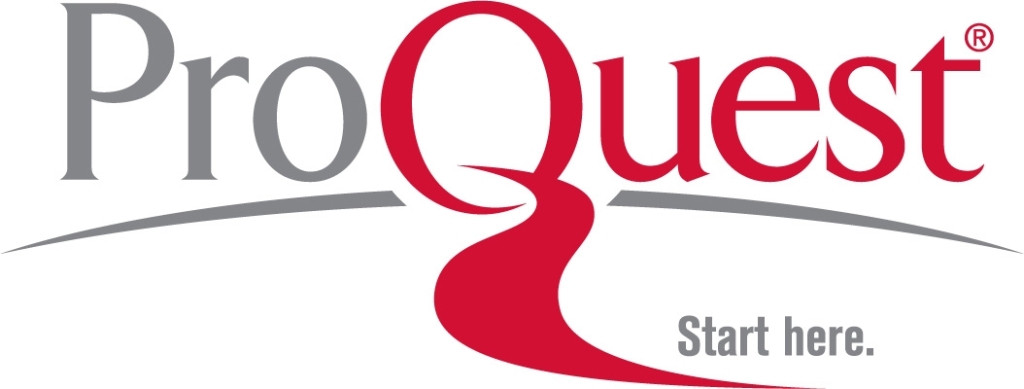ÖZ
Son zamanlarda yapılan araştırmalar, ulusal bağlamda İngilizce öğretmenliği lisans programlarında verilen ölçme değerlendirme eğitimi ile ilgili bir sorunu işaret etmektedir. Bu sorunun nedenlerinden biri, ölçme değerlendirme eğitimin farklı programları arasındaki uyumun düşük olması olabilir çünkü öğretmen eğitimi konusunda çalışmalar yapan çok sayıda araştırmacı, program uyumun, öğretmen adaylarının etkili öğrenme ve uygulamaları için gerekli bir koşul olduğunu ileri sürmektedir. Bu nedenle, araştırmacı bu çalışmada, İngilizce öğretmenliği lisans programında öğretmen adaylarına verilen ölçme değerlendirme eğitiminin hedeflenen, öğretilen, değerlendirilen ve öğrenilen programları arasındaki uyumu incelemiştir. Bu çalışma hem nitel hem de nicel veri toplama araçlarının kullanıldığı karma yöntem yaklaşımını benimseyen bir durum çalışmasıdır. Ayrıca, ölçme değerlendirme eğitiminin farklı programları arasındaki uyumu incelemek için Porter’ın Öğretilen Program Anketleri (ÖPA) uyum metodolojisinin bir uyarlamasını kullanılmıştır. Hedeflenen ve değerlendirilen program verileri, program belgeleri ve ölçme araçları vasıtasıyla toplanmış ve içerik analizleri yapılmıştır. Öğretilen ve öğrenilen programlara ilişkin veriler ise öğretmen adayları ve öğretim üyelerine uygulanan anketler aracılığıyla toplanmış ve betimsel yöntemle analiz edilmiştir. Analiz edilen nitel ve nicel veriler bir sonraki aşamada yapılacak uyum analizi için matrislere aktarılmış ve Porter’ın uyum indeksi formülü kullanılarak programlar arasındaki uyum hesaplanmıştır. Sonuçlar, İngilizce öğretmenliği lisans programında verilen ölçme değerlendirme eğitiminin farklı programları arasındaki uyumun 0, 44 ile 0, 78 arasında, orta ila yüksek indekslerde olduğunu göstermiştir. Bu çalışma, hedeflenen ve öğretilen programlar ile değerlendirilen ve öğrenilen programlar arasında güçlü bir uyum tespit ederken hedeflenen ve değerlendirilen; hedeflenen ve öğrenilen; öğretilen ve öğrenilen ve hedeflenen ve öğrenilen programlar arasında orta düzey bir uyum bulunmuştur. Bu çalışmanın sonuçları, öğretmen adaylarına verilen ölçme değerlendirme eğitiminin programları arasındaki uyumsuzluğu tespit etmeye hizmet etmektedir. Çalışmada ayrıca, öğretmen yetiştirme programlarının uyumunu iyileştirmeye yönelik öneriler sunulmuş ve ileride hizmet öncesi ölçme değerlendirme eğitimi üzerine yapılacak araştırmalar için çeşitli önerilerde bulunulmuştur.
ANAHTAR KELİMELER
Ölçme değerlendirme eğitimi, Değerlendirilen program, Program uyumu, Öğretilen program, Öğretmen yetiştirme, Hedeflenen program, Öğrenilen program
DOI: http://dx.doi.org/10.15390/EB.2021.9750







